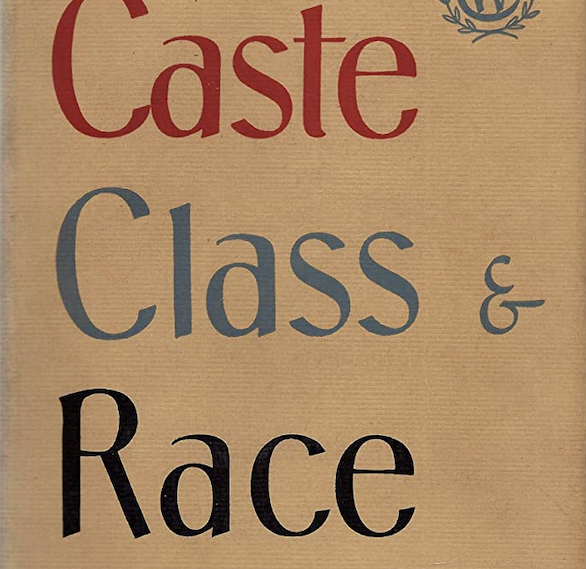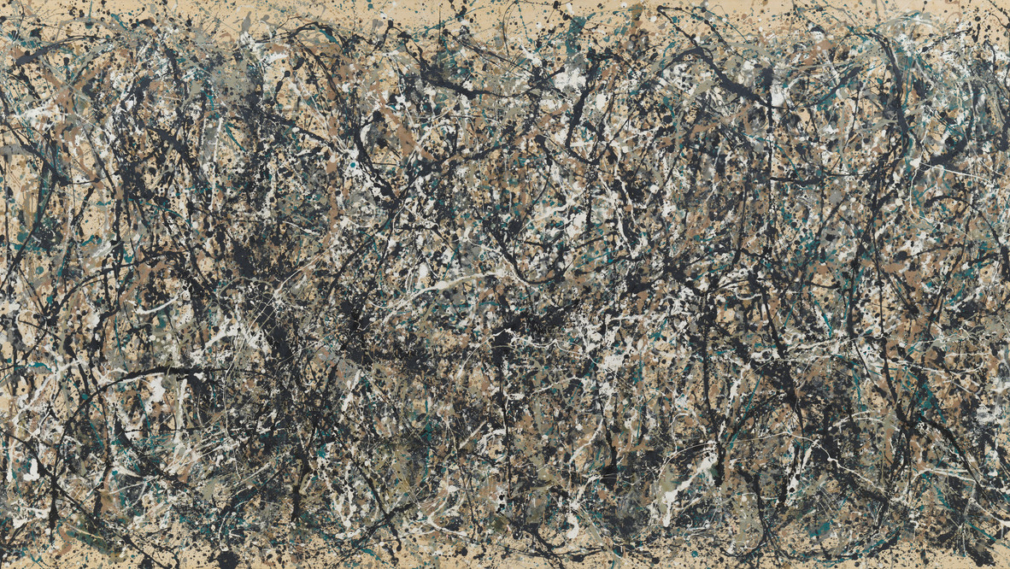Notice: Undefined index: options in /home/dh_z3bfhd/nonsite.ecdsdev.org/wp-content/plugins/trx_addons/components/api/elementor/elementor.php on line 1674
New to nonsite
Scapegoating Politics: How Fascism Deploys Race, and How Antiracism Takes the Bait
That larger, more insidious effort and its objectives—which boil down to elimination of avenues for expression of popular democratic oversight in service to consolidation of unmediated capitalist class power—constitute the gravest danger that confronts us. And centering on the racial dimension of stratagems like the Cantrell recall plays into the hands of the architects of that agenda and the scapegoating politics on which they depend by focusing exclusively on an aspect of the tactic and not the goal. From the perspective of that greater danger, whether the recall effort was motivated by racism is quite beside the point. The same applies to any of the many other racially inflected, de-democratizing initiatives the right wing has been pushing. With or without conscious intent, and no matter what shockingly ugly and frightening expressions it may take rhetorically, the racial dimension of the right wing’s not-so-stealth offensive is a smokescreen. The pedophile cannibals, predatory transgender subversives, and proponents of abortion on demand up to birth join familiar significations attached to blacks and a generically threatening nonwhite other in melding a singular, interchangeable, even contradictory—the Jew as banker and Bolshevik—phantasmagorical enemy.
Oliver C. Cox, Gunnar Myrdal, and the Political Limits of Race Relations
From Cox’s perspective, Myrdal falls tragically short at the most crucial moments. Myrdal holds fast to abstractions and to a reformist program where he needed to identify material causes and the overarching requirement of a ruling political class to exploit the labor of the great majority of its population. In a sad but predictable irony, he gave the exploiting class pride of place as the best ally of the dominated caste.
Asian Influences and the Rise of Southern California Modernism
The question I want to pose in this essay involves the specific role that this amalgam of Asian influences and modernist ideas had in forming the distinctive language of progressive California design. A definitive answer or even a topographic list is not possible here; that would require a far more extensive study—a book, really. Instead, I want to suggest a few corridors of seeing and understanding in the form of three short case studies.
Bayard Rustin: The Panthers Couldn’t Save Us Then Either
Rustin saw politics through a concrete, strategic lens, which provided a perspective that has become increasingly remote from both academic and activist experience. Indeed, as demonstrated in the essays selected here, he explicitly rejected the moralistic discourse that he saw undergirding much of Black Power and New Left politics, as well as the tendency to reduce the sources of inequality to psychologistic factors like prejudice, discrimination, or a generic racism.
Hugh Kenner and the Visit as Method
I want to say that this tradition of implausible explanations helps us to see why poetry might be a powerful place to think about the problem of historical change: because poems seem like storehouses of precisely the kinds of action that are hard to see as already legible. They “elude foresight utterly,” and are “occulted from most present sight.” They are a site of action in which the third-person category of meaningful action is encountered where it always and everywhere undertaken: in a resolutely first person form.
Kenner as an Eliot Fan
Even for a reader who cares not a whit about Emily Hale the historical person, the letters, in pointing out sources and underscoring potential autobiographical readings, further point to the fictional nature of Eliotic impersonality. It is both a fiction in being impossible (i.e., a poet can’t write something and truly divorce the writing from the life) but it’s also a fiction-making process, because it mirrors the creation of narrative fiction, where an author imagines works not confined by real events. Kenner’s “invisible” poet is a product and author of fiction.
Experience, Criteria, Action, Art
While much has since been written about the relation of mental happenings to outward criteria, that work tends to follow the problem into various kinds of skepticism. Here I want to look at Murdoch’s differently attuned understanding of how inner experience is compatible with Ryle on the ghost and Wittgenstein on public criteria, as well as her occasional interlocutor Elizabeth Anscombe’s account of the relation of intention and action and, in a last section, Hugh Kenner’s elaboration of what T.S. Eliot called the “objective correlative”. In such examples the outer (observable) structure of concepts doesn’t so much block or occlude access to the inner, as invite us to consider what it would mean to think that experience, intention, emotion—to use the words of Murdoch, Anscombe, and Eliot respectively—have an outside structure.
On the Origin of R. M. Schindler’s Architectural Program
BY Alex Ross
To an astonishing degree, Schindler remained loyal to the principles he had set forth in the Program of his early years. To walk through the most remarkable instances of Space Architecture—the Kings Road house, the Lovell Beach House, the cluster of houses above Silver Lake Reservoir, and the Kallis House, to name a few—is to feel the aptness of Alexander Koch’s summary of the then unknown architect’s ideas: “The concept of comfort is interpreted anew: it consists above all in the possibility of being able to freely control space, light, air and temperature within the enclosed area.”
“I Don’t Do What Happens”: Hugh Kenner’s Theory of Action
BY Todd Cronan
So if it is the case that, as Anscombe says, “I do what happens,” then Kenner’s project is to explore a mode of artistic production that hinges precisely on the point where what happens purposefully occludes what someone is doing. Kenner describes the “principal component” of Eliot’s dramatic method as “his unemphatic use of a structure of incidents in which one is not really expected to believe.” In other words, he builds a counterfeit world for his characters. When we come to categorically not believe what is happening, we begin to think about what they might be doing, “thus throwing attention on to the invisible drama of volition and vocation. The plot provides, almost playfully, external and stageable points of reference for this essentially interior drama.”
Hugh Kenner and the Origin of the Work of Art
This is what Kenner calls the Gulliver game, embodied in its purest form in the Turing game, which identifies what it is to be human with the ability to produce the Goodmanian letters and spaces that would look just like the letters and spaces a human would produce, thereby making the computer indistinguishable from the human. The computer (and here he anticipates John Searle’s Chinese Room argument, which makes sense since Goodman’s idea of a text is a syntax independent of any semantics) is the most advanced player in the you’re not allowed to understand what you’re talking about game.
Syntax in Santa Barbara
On the one hand, the eruption of materiality into the representational artwork so vividly illustrated by the Hartpence story will put modernism into motion—it will be “the exact place … modern art began.” On the other, the totalization of this materiality will threaten, as we’re beginning to see, to spell modernism’s end.
Black Political Incorporation under Neoliberalism: The Routinization of Interracial Urban Regimes
This essay traces the political development of black urban professionals and managers from the urban renewal era to the early period of federal devolution and privatization in the 1970s and 1980s. These periods are the foundation by which “generations” of black urban regimes have been generated. The staying power of black political entrepreneurs results from their capacity for populating, activating, and contracting black-led organizations in the nonprofit sector, which has allowed them to adjust to fiscal retrenchment and subsequent privatization. Black mayors have channeled demands for investment in public goods into contracts for black-led nonprofits and bootstrap social programs. In particular, the housing and community development field has allowed black political aspirants to cement ties to the real estate industry which plays an outsize role in postindustrial urban economies.
Cézanne’s Sensations
BY Éric Michaud
All of Cézanne’s “theory” seems to come down to what he calls “realization,” an operation of conversion that he was the first modern painter to attempt. Critics had a premonition of it, condemning his “too exclusive love of yellow” and warning the public: “If you visit the exhibition with a woman in an interesting position, pass quickly by the portrait of a man by Mr. Cézanne… That strange-looking head, the color of boot cuffs, could make too vivid an impression on her and give her fruit yellow fever before its entry into the world.”














